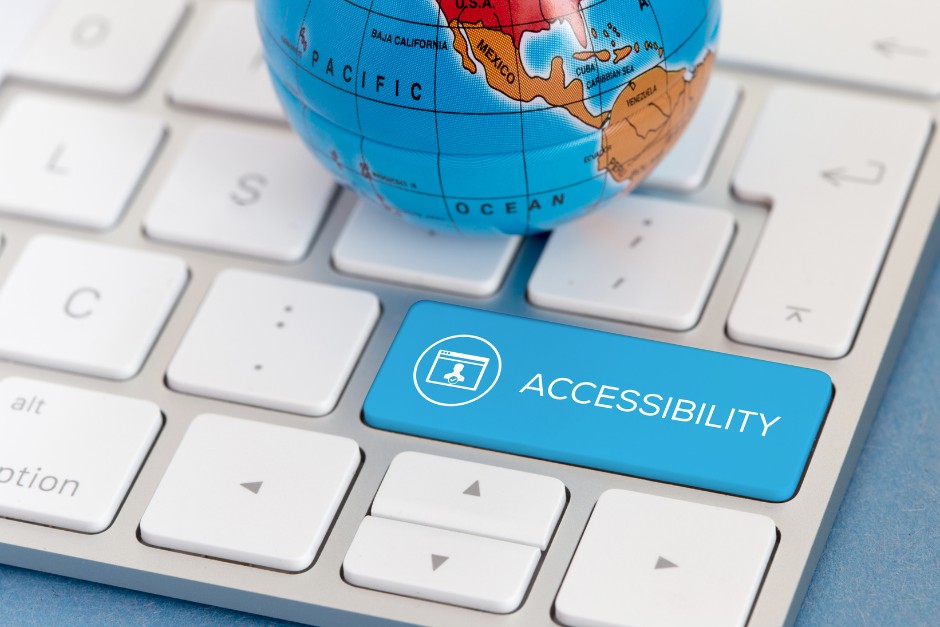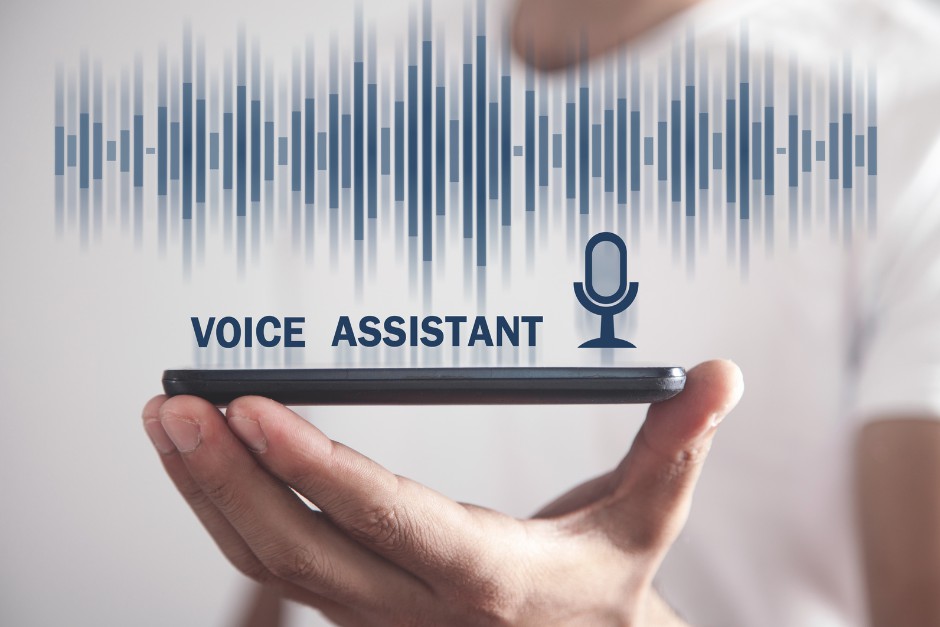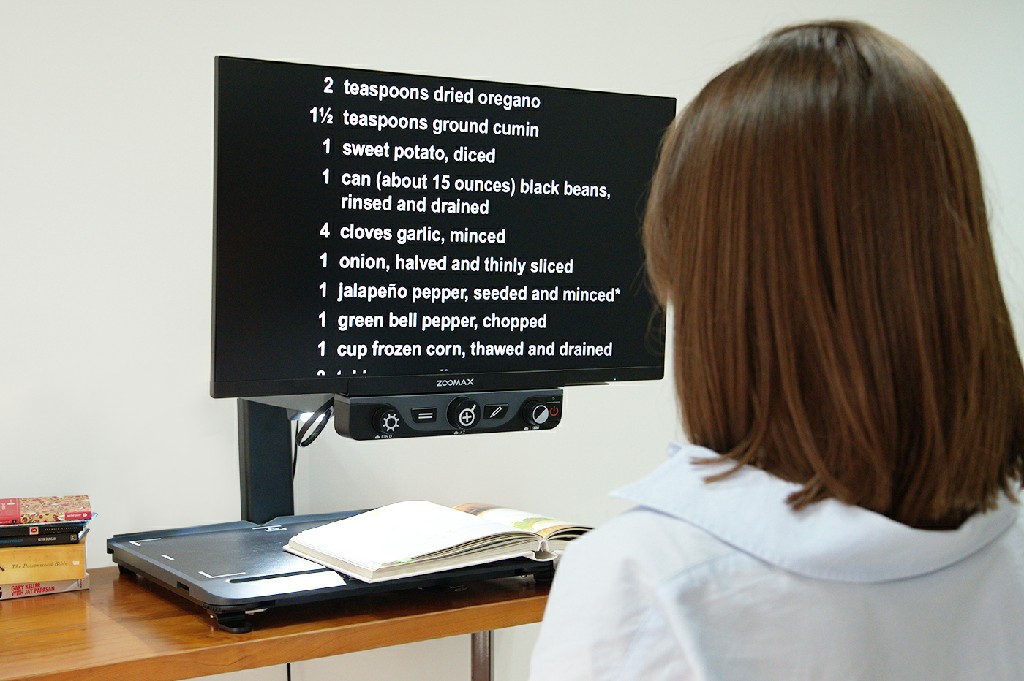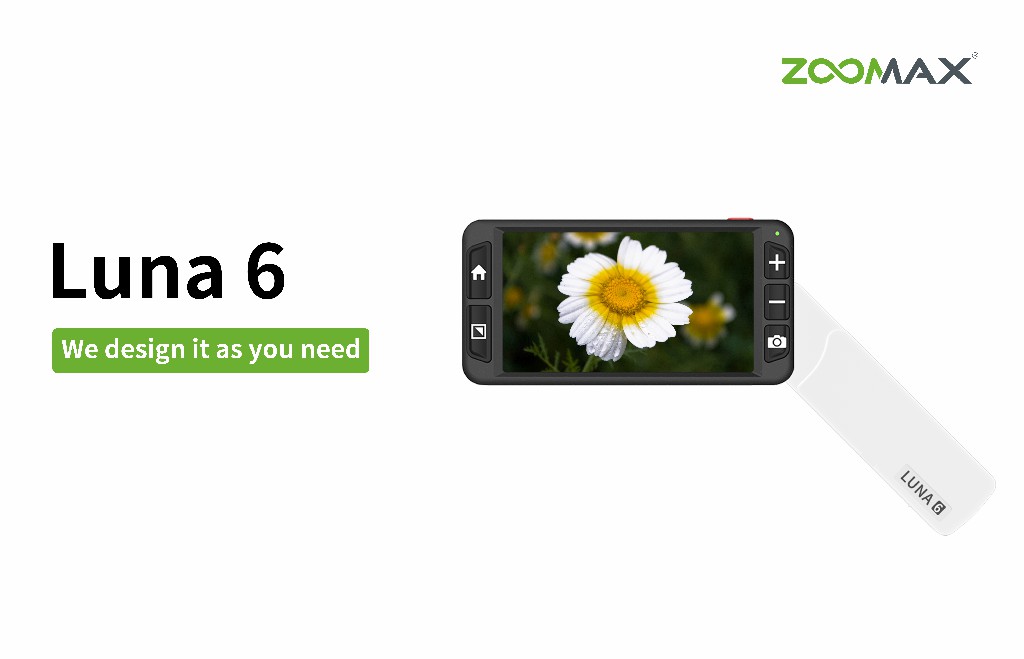In modern society, electronic assistive devices are emerging as crucial tools for promoting accessibility, especially for people with visual impairments. With the constant advancement of technology, these smart devices are not only enabling individuals with low vision to participate more freely in social activities but also providing them with increased opportunities and autonomy. This article discusses how electronic assistive devices enhance accessibility, contributing to the creation of a more inclusive societal environment.

Importance and Challenges
Many people may not realize what accessibility means to society. It somehow potentially represents the progress and inclusivity of a structure of society. In a world where information, communication, and daily interactions are largely visual, the concept of vision accessibility holds profound importance. Vision accessibility refers to the design and implementation of environments, technologies, and services that satisfy the needs of people with visual impairments.
Accessible environments enable people with vision loss to move freely, communicate effectively, and engage in various activities without barriers. To be more specific, vision accessibility empowers visually impaired people to live independent lives. Basic facilities like braille signs, tactile maps, and audible indicators allow them to navigate public spaces confidently. Moreover, digital platforms equipped with screen readers, magnification tools, and voice commands, such as electronic video magnifiers, enable people with low vision to access more information, communicate, and engage online autonomously.
 Electronic assistive devices make great contributions to improving vision accessibility for people with vision impairments and fundamentally transform their lives. One of the most significant contributions of electronic assistive devices is their ability to amplify independence and autonomy for the visually impaired. These devices provide access to information, navigation, and communication, enabling users to confidently explore their surroundings. By reducing reliance on others, these devices lead visually impaired people to more self-sufficient lives.
Electronic assistive devices make great contributions to improving vision accessibility for people with vision impairments and fundamentally transform their lives. One of the most significant contributions of electronic assistive devices is their ability to amplify independence and autonomy for the visually impaired. These devices provide access to information, navigation, and communication, enabling users to confidently explore their surroundings. By reducing reliance on others, these devices lead visually impaired people to more self-sufficient lives.
The importance of electronic assistive devices happens to correspond to the challenges that people with low vision usually meet in their daily lives. For the low vision community, the world can be complex and filled with challenges that are often unnoticed by those with full visual capabilities. The most obvious example is that without the help of magnifying aids or special fonts, printed materials, such as books, newspapers, and even signs, can be difficult or impossible to read. As a result, accessing educational materials, important documents, or even recreational reading can be a hard challenge.
On the other hand, outdoor environments cause another pressure for people with vision impairments, which may directly influence their daily tasks like going to the supermarket. Obstacles, uneven terrain, and lack of proper signage can hinder their movement and undermine their sense of independence. Crossing roads, locating exits, and finding restroom facilities may require extra effort. That’s what people with eyesight loss are facing every time they want to go outside.
 While technology offers tools like screen readers, magnification software, and digital devices for the visually impaired people, many digital platforms and websites lack proper accessibility features. Inaccessible websites, apps, and documents can make everyday tasks like online shopping, banking, and accessing information difficult or impossible. Also, individuals with low vision may experience social isolation due to difficulties in recognizing faces, making eye contact, or participating in visual activities. This isolation can lead to reduced social interactions, limited opportunities for engagement, and feelings of loneliness.
While technology offers tools like screen readers, magnification software, and digital devices for the visually impaired people, many digital platforms and websites lack proper accessibility features. Inaccessible websites, apps, and documents can make everyday tasks like online shopping, banking, and accessing information difficult or impossible. Also, individuals with low vision may experience social isolation due to difficulties in recognizing faces, making eye contact, or participating in visual activities. This isolation can lead to reduced social interactions, limited opportunities for engagement, and feelings of loneliness.
Furthermore, Limited access to visual content in classrooms or meetings, as well as challenges in accessing printed materials, can hinder learning and participation. Similarly, workplaces that lack proper accommodations or assistance facilities can limit job opportunities and negatively impact career growth. In this case, the prevalence of assistive technology for the visually impaired becomes a trend to improve the life of low vision and promote social vision accessibility.
Types and Functions of Low Vision Aids
Low vision aids are essential tools that can help people with visual impairments a lot in overcoming challenges and enhancing their quality of life. These aids are designed to provide magnification, increased contrast, and improved access to information and surroundings. Here are some common low vision aids that offer invaluable assistance to those with visual limitations:
- Handheld Video Magnifiers
Handheld video magnifiers are compact devices that offer real-time magnification of text, images, and objects. They often feature adjustable settings for magnification level, contrast, and color modes. These devices are particularly useful for reading books, newspapers, labels, and menus on the go. In the series of Zoomax low vision aids, Luna S, Luna 6 and Luna 8 belong to this kind of electronic video magnifiers dedicated to improving the life of people with vision loss.
- Desktop Video Magnifiers
Desktop video magnifiers are larger devices designed for stationary use. These systems typically include a camera and a monitor, allowing users to place reading materials or objects under the camera for magnified viewing on the screen. They are commonly used for tasks that require extended periods of magnification, such as reading, writing, or working on crafts. Zoomax Luna 24 HD Pro is a classic example of this category.
- Magnifying Apps
In the digital age, magnifying apps have become increasingly popular for the group with low vision. These apps are designed for smartphones and tablets, utilizing the devices’ built-in cameras to provide magnification and enhanced contrast. Many magnifying apps offer additional features such as image capture, freeze-frame, and adjustable settings for customization. If you are interested in the difference between magnifying apps and electronic video magnifiers, please check: Can Video Magnifiers be Replaced by Magnifying APPs?
- Optical Magnifiers
Traditional handheld optical magnifiers remain a reliable choice for many individuals with low vision. These tools use lenses to magnify text and objects, and they come in various shapes, sizes, and magnification strengths. They are often compact and portable, making them suitable for quick tasks like reading labels or examining small prints.
- Screen Readers and Text-to-Speech Software
While not focused on magnification, screen readers and text-to-speech software also play a critical role for those with low vision. These technologies convert text on screens into synthesized speech, allowing users to access digital content, emails, and documents without the need for visual reading, which brings great convenience to the visually impaired.
- Braille Displays
For people who have 20/200 vision or severe visual impairments, braille displays are essential tools. These devices convert digital text into braille characters that users can read through touch. Braille displays are particularly valuable for reading electronic documents and emails.
For more information about types of low vision aids, you can visit: Common Types of Low Vision Aids



How Low Vision Aids Improve Accessibility
Low vision aids are transformative tools that play a crucial role in enhancing accessibility across various aspects of life. From education and vocational opportunities to social engagement, cultural experiences, and digital access, these aids break down barriers and empower individuals with visual impairments to participate fully in society.
With proper assistive vision aids, students with visual impairments have equal opportunities to learn, and individuals can pursue diverse careers. Electronic video magnifiers, magnifying apps, and braille displays allow students to access textbooks, lecture materials, and digital resources. These aids promote inclusivity and empower students to actively participate in classroom discussions and assignments, as well as enable individuals to access emails, documents, and online platforms, enhancing workplace efficiency.

To some extent, digital accessibility has become a cornerstone of modern life, and low vision aids enable people with visual impairments to navigate the digital world easily. That is also the reason why electronic assistive devices can contribute to social engagement, cultural experiences, independence of daily tasks, and participation in social media platforms for the visually impaired people. In conclusion, by providing inclusivity and independence, low vision assistive devices help create a more equitable and accessible world for everyone.

